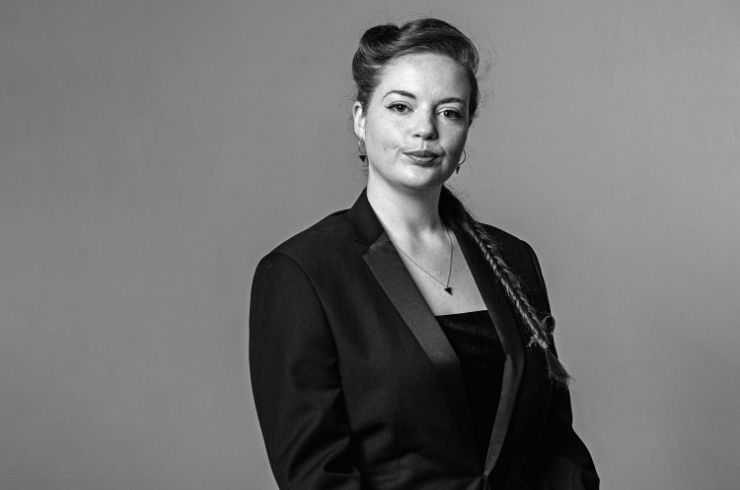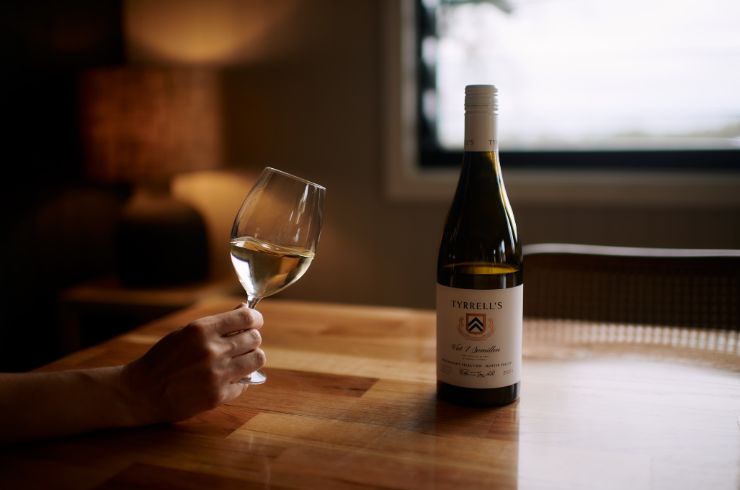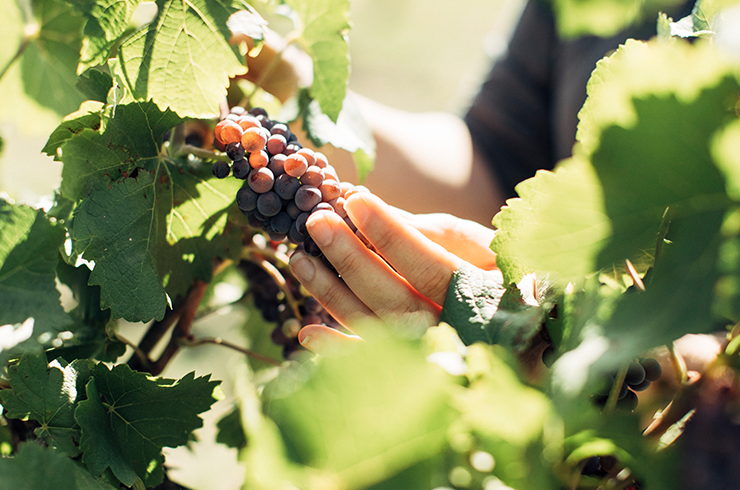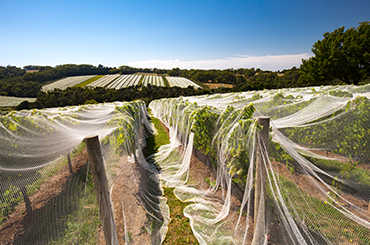On a bitterly cold morning, driving up, down and around lush green hills, the rain momentarily stops and sunshine bursts through giving way to a more coastal landscape. The breathtaking views are a bonus to what is probably Australia’s finest yet most marginal cool-climate region. No, it’s not Tasmania. This is Gippsland. Or more accurately West and South Gippsland, where there’s the highest concentration of producers. The region is enjoying a renaissance thanks to new plantings and younger folk lured to a life dedicated mostly, but not exclusively, to pinot noir and chardonnay.
Names such as Patrick Sullivan, Fleet, The Wine Farm, Lithostylis, A.R.C, Entropy and Allevare for starters. But let’s not get ahead of ourselves. They are on a trajectory started by others in a region that should be better recognised. Mainstays include Purple Hen at Phillip Island, Bass River Winery at Glen Forbes and Lightfoot at Calulu near Bairnsdale. However, two names fly high above: William Downie and the legendary Bass Phillip. The former once worked with the latter.
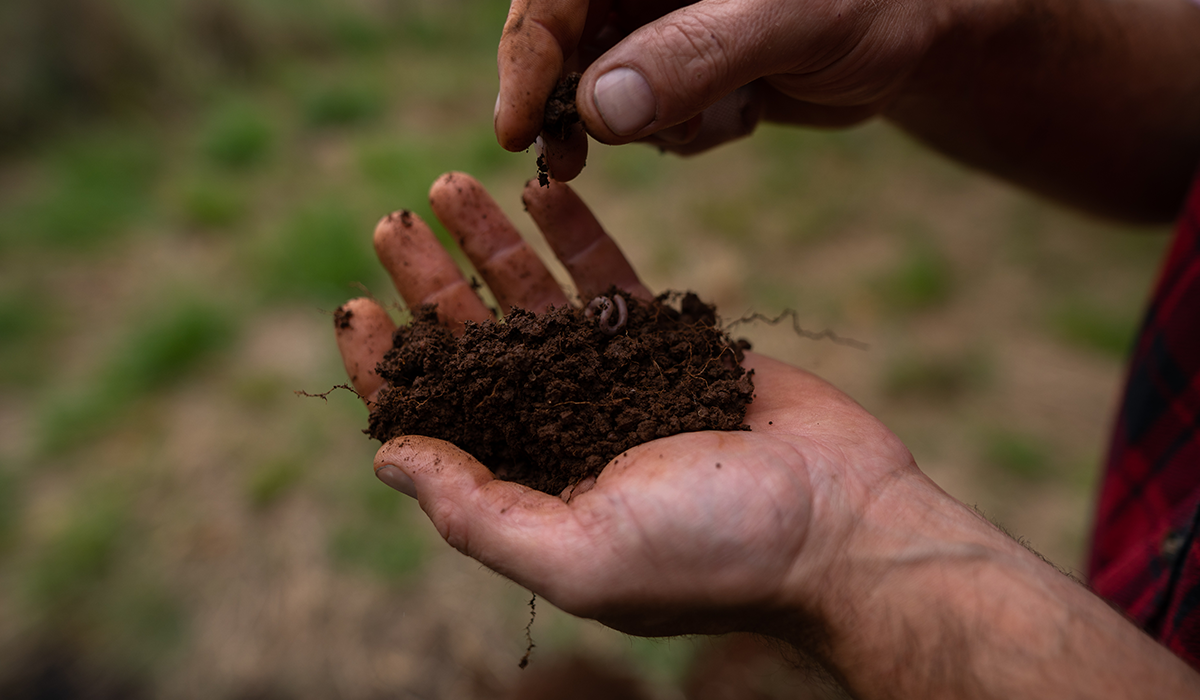
Bass Phillip
Bass Phillip has been at the forefront of high-end pinot noir ever since Phillip Jones set about establishing his vineyard at Leongatha in 1979. At the time, people thought him mad. Often recalcitrant, often charismatic, Phillip planned the layout of the site meticulously, even if heading into unchartered territory. But he understood the Burgundian sensibility of growing grapes: the right site, high-density – he planted 9000 vines per hectare to various clones – low to the ground, low cropping, unirrigated and organic farming. Nothing to do with winemaking per se, although minimal intervention became his way: Let the site speak. The hard work paid off. Bass Phillip achieved nirvana, touted as the finest Australian pinot noir producer.The wines have often been mesmerising with the 2010 Reserve arguably the best at the time, and yet, occasionally, they have been inconsistent. They are back on track because now in his mid 70s, exhausted and stressed by years of trying to sell, Phillip did in January 2020 to two international investors plus leading Gevrey-Chambertin vigneron Jean-Marie Fourrier. Phillip’s friend and veteran winemaker John Durham, who cut his teeth at Cape Mentelle in the early ’80s, was already scheduled to work with him. As it turned out, John helped finish off the 2019 wines in barrel, worked alongside Phillip in ’20 then continued into ’21 and ’22 when Covid thwarted Jean-Marie’s ability to travel. By then, Phillip had taken his leave.
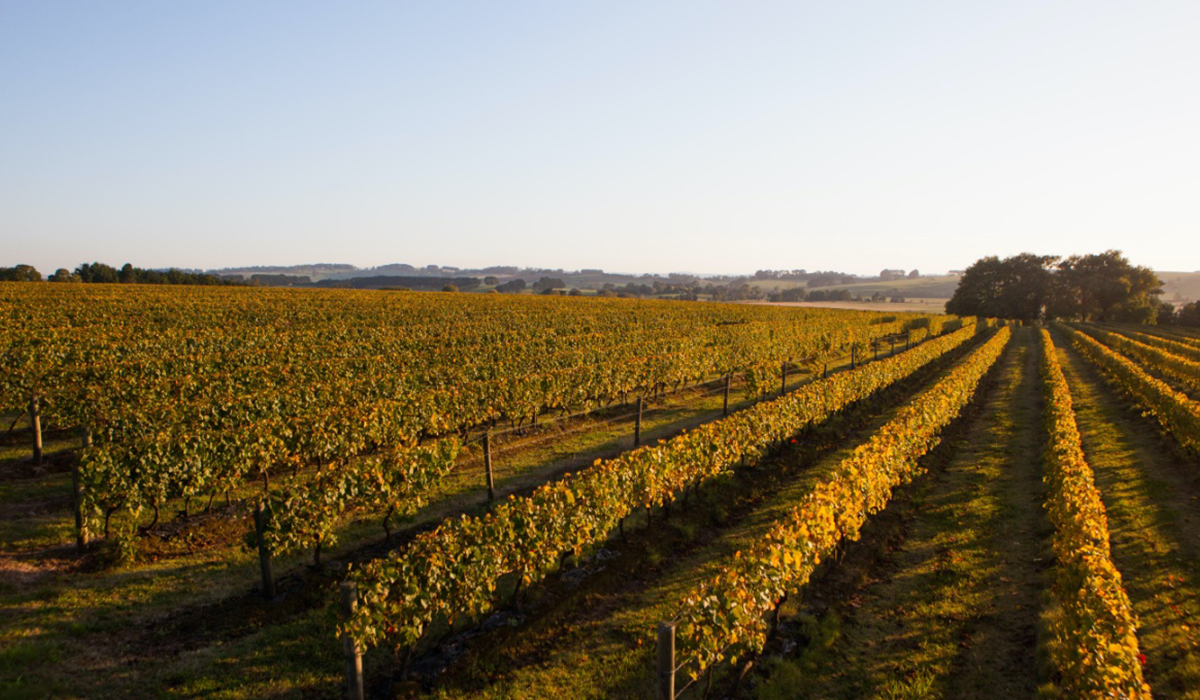
Although Jean-Marie has been involved in the decision making, as senior-winemaker John was hands-on crafting the wines. The ’20s are excellent, with John saying: “It’s a great vintage for me. Just being with Phillip for that vintage reignited my passion for wine.” Yet the ’21s are the most thrilling line-up I’ve tasted – silky, powerful pinots and chardonnay with great energy and drive. “Having worked in many regions, this is probably the best grape growing region in Australia (for cool-climate varieties). Plants just thrive here. They are happy plants and that’s the difference,” says John. “It’s the consistent rainfall, the benign temperatures with the hills and the ocean. You don’t need to irrigate, the soils are deep and rich, and there’s a natural balance in the vineyard.”
William Downie
Bill Downie has forged an extraordinary wine path, one that led him from Bass Phillip to De Bortoli in the Yarra Valley and then to Burgundy before moving back home, being a Gippsland boy. No longer the apprentice, at 48 he’s now the master. A new generation is filtering into west Gippsland thanks to his wines and philosophy, which is organic farming, low intervention and unencumbered, letting the wine speak of place. Sounds familiar. He settled in Yarragon with wife Rachel Needoba – a talented cheesemaker at the Butterfly Factory (housed in what was supposed to be the winery).Their place, Guendulain Farm, includes the high-density vineyard comprising 10,000 vines per hectare currently sitting at 2 hectares with another 3 hectares to be added. Eventually. He’s busy with other sites that all go into making the various William Downie wines, and only pinot noir.
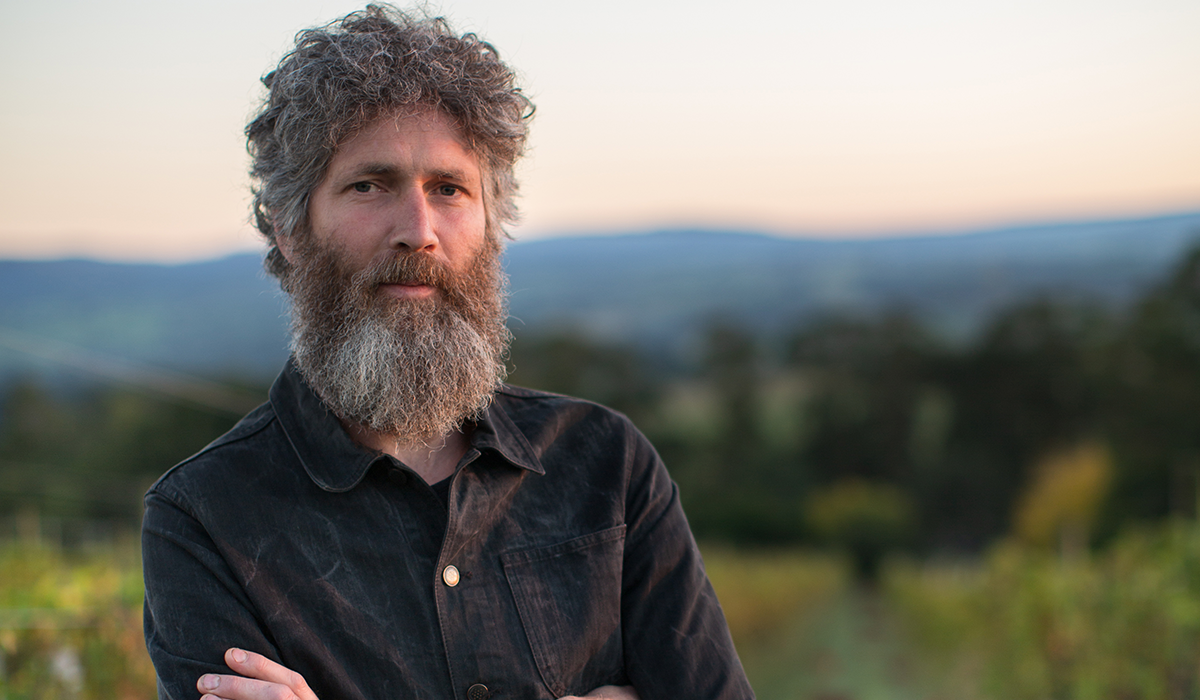
As to the coterie of producers, they include Patrick Sullivan, who worked with Bill in the Yarra Valley. From the 2017 vintage, they both took over the lease at Wild Dog winery at Warragul, which has morphed into a wine co-op with Entropy, A.R.C. and Chateau Acid subletting sections of the vineyard. Each has a foot-in on an established site, which is important as it’s impossible to buy fruit in Gippsland. If you want to make wine, you must grow your own grapes.
This setup buys them time: Ryan Ponsford from Entropy is planting a high-density vineyard at his Trafalgar South farm and A.R.C. has recently done so. As to the four William Downie pinots from the 2019 and ’20 vintages, coming off four vineyards, which are close to one another as far as the crow flies, “they are as different as Yarra Valley and Mornington Peninsula are to Gippsland. It’s not bullshit aspiration making wines that taste from somewhere. These wines are expressing place that people expect to find in famous European regions, I feel we have that in a legitimate way. Here’s the evidence.”
Dirty Three Wines
Sourcing fruit off three disparate sites, Marcus Satchell produces top pinot noir and chardonnay under his Dirty Three label and more besides. He also makes wine for several others including Waratah Hills, the Gurdies Winery and Gippsland Wine Company. Plus, with wife Lisa Sartori (both grew up in Wonthaggi), opened their cool cellar door and wine bar five years ago in Inverloch and what a boon.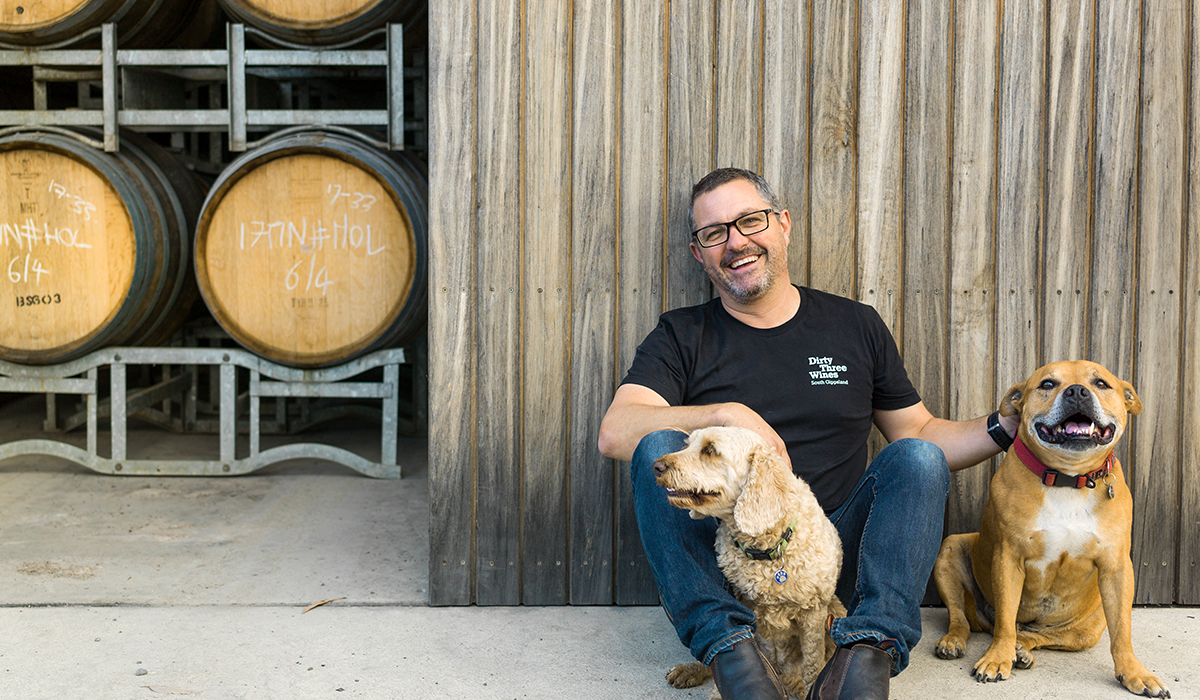
While appreciating the region’s strength is pinot noir and chardonnay, he wants to discover what else can work. Marcus says no one has tried anything different since Bass Phillip pioneered south Gippsland (he also worked there). He is taking up the challenge. Marcus is embarking on a new project with friend Glenn Calder, whose family owns a dairy farm at Leongatha North. Part of the farm is being diverted for a vineyard and a winery. Aside from the usual suspects, Marcus intends including mencia, riesling, refosco, schioppettino and teroldego. Take that, South Gippsland. “It’s going to be fun and we’ll see what works. At worse we make a crunchy, dry red; at best, a cracking new wine.”
Fleet
Lisa and Justin Jenkins’ vinous adventures began while working in the Melbourne hospitality scene. At one stage, they toyed with the idea of opening a restaurant, Lisa even bought 40 Danish-style chairs in readiness. Thankfully, they didn’t as their fledgling Fleet label offers a suite of compelling and diverse styles. Lisa worked her first vintage in 2007 with Mac Forbes in the Yarra Valley, and discovered she has an excellent palate.She accelerated her learning with various courses including the Wine & Spirit Education Trust Diploma. Of course, the best way to learn is by tasting widely, which happened through her work, latterly at the City Wine Shop, once regarded as the best training ground for Melbourne's wine folk. She is halfway through a degree in viticulture from Charles Sturt University. Justin swapped waiting tables for vintages at Mt Langi Ghiran at Great Western in 2015, the following year at Galli Estate, Sunbury, and squeezed a lot more in-between. By then, with two children in tow, it was time to move the family back to South Gippsland, where he grew up, and put down roots. It took two years to find their ideal location.

Their Leongatha property spans 21 hectares, the winery is under construction, and they recently moved into their ultra-modern house up on the hill with bucolic views including the new Block One vineyard they planted to pinot noir and chardonnay. Down the slope, Block Two, with its east-west aspect will see pinot gris and riesling go in this spring. Until their site becomes productive, they source fruit from Mornington Peninsula and Yarra Valley and have secured a lease until 2026 at nearby Lucinda Estate with a close-planted 40-year-old pinot noir vineyard. Alas, it is destined for a housing development.
“I love pinot because it has such detail. It can be weightless and yet so complex. You can’t grow it everywhere which is why this part of Gippsland is such a drawcard for our business and for what we want to achieve,” says Lisa. “I love drinking other varietals and being challenged but pinot is where I feel we can be expressive and create some astonishing wines.”
Patrick Sullivan
Patrick Sullivan is bucking the pinot noir trend. Chardonnay is his love and the home vineyard at Ellinbank, a place he’s been obsessed with since 2006 after writing a paper about it for his viticulture degree, is destined for greatness. It’s the confluence of its position flanking the Great Dividing Range, the red volcanic soils, the long daylight hours, plentiful rainfall and cold humidity; for pinot noir and chardonnay the latter is important for aromatics.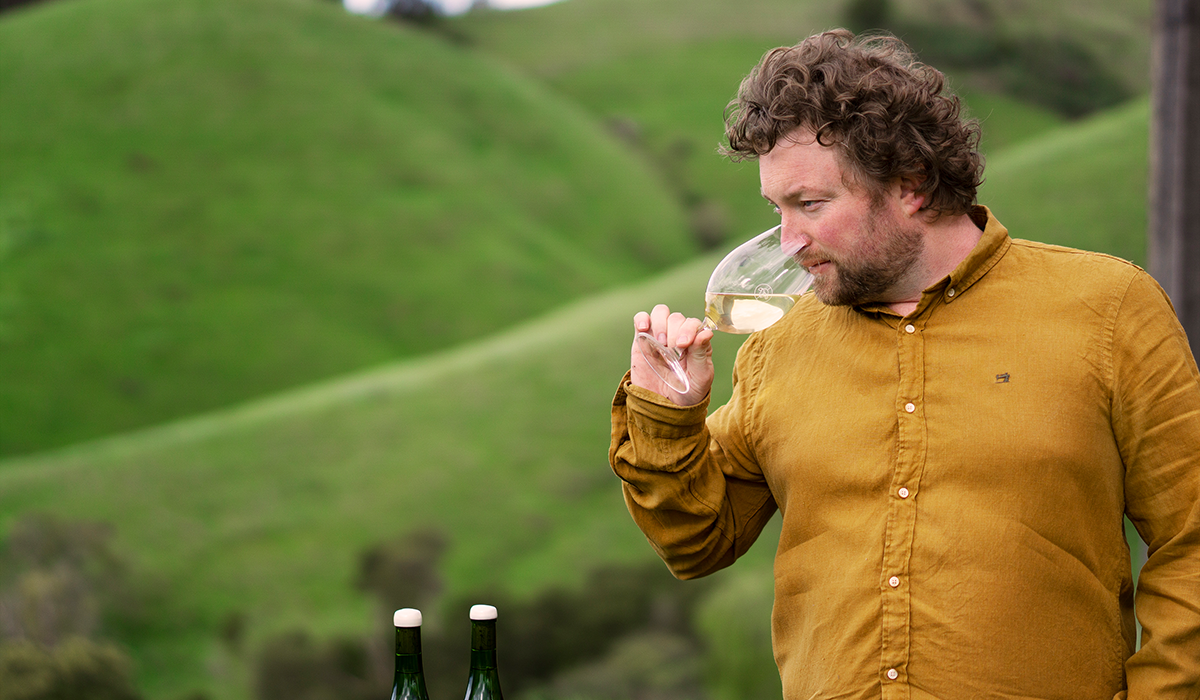
He bought the property with his wife, Megan McLaren, in 2014 and started planting two years later. There is a small patch of pinot at .2 of a hectare (planted at a density of 12,000 vines per hectare) but the excitement rests with chardonnay. The complex project is being mapped out with the help of viticulture guru Tim Brown, a leader in high-density vineyard architecture. The plan is for four hectares, comprising 11,000 vines per hectare with a range of clones, dry grown and farmed organically. Once established, it will become the highest density chardonnay vineyard in Australia: “We are aspiring to become the benchmark.” It’s not arrogance. Patrick is a gentle soul but he is clever and determined. Such an undertaking in a vineyard requires those attributes.
The new site is on the edge of what would have been a volcanic flow, with shallow basalt with distinct subsoils of quartz and sandstone. “Using the expressiveness of the basalt with the complexity of the subsoil, combined with the complex undulation of the land, we’re trying to show site in a very focused way. We’re right on the edge of what’s viticulturally possible and that’s where the magic is,” Patrick says.

